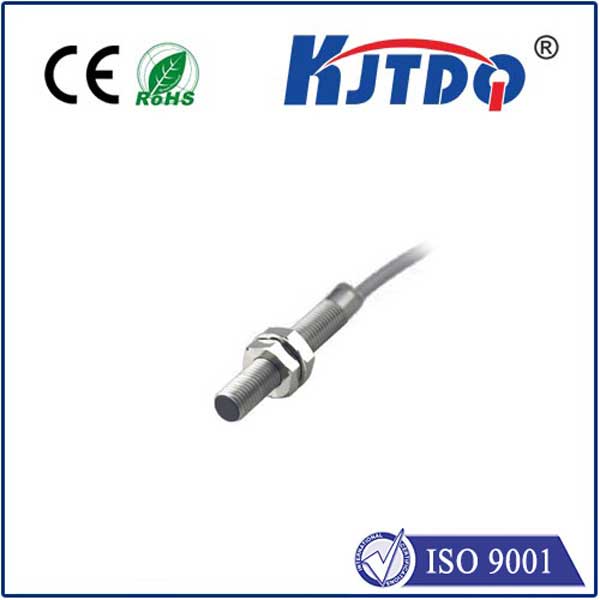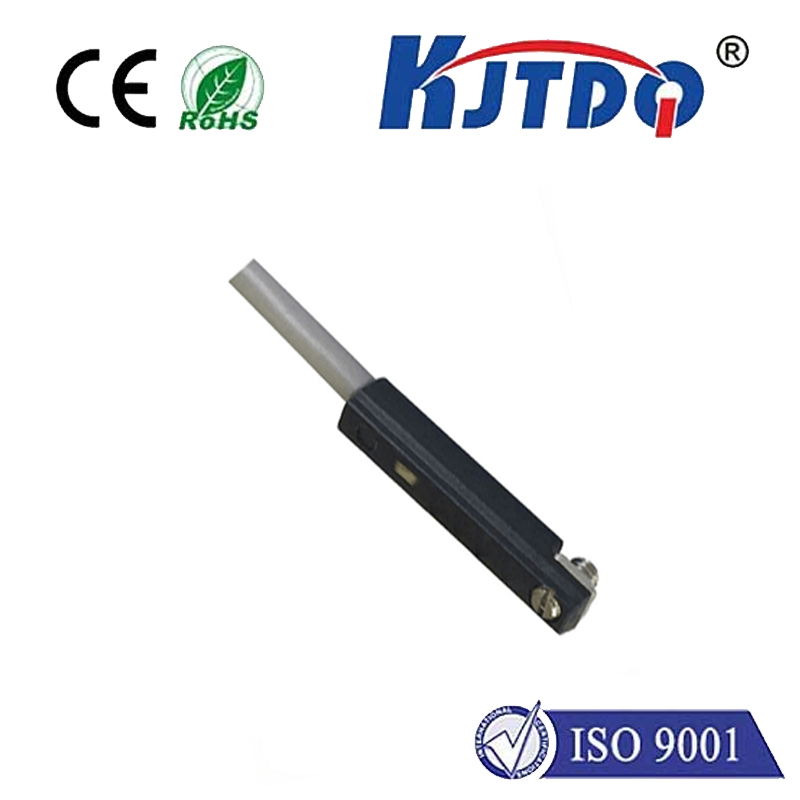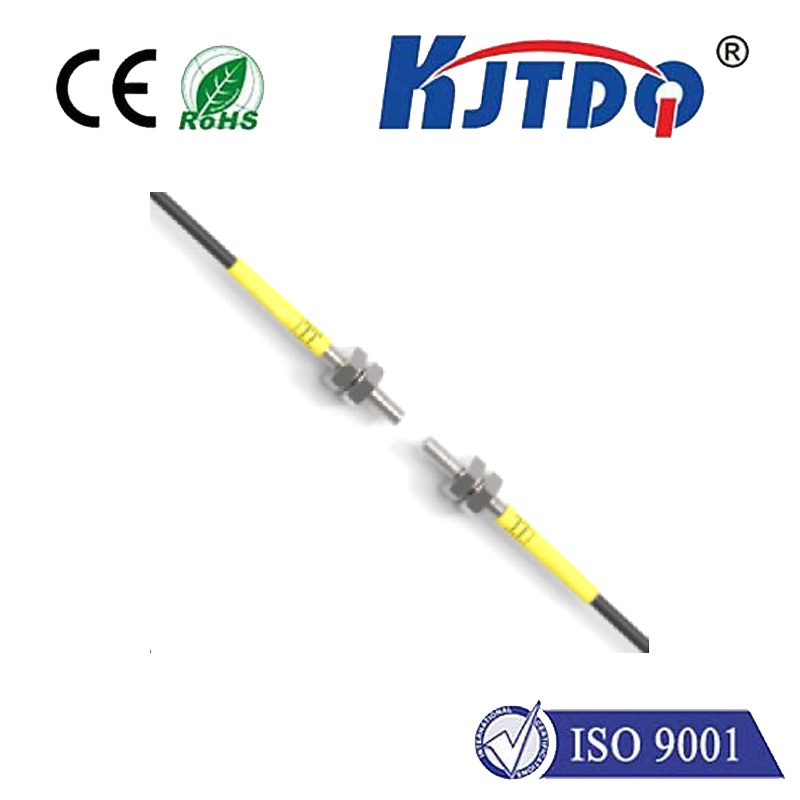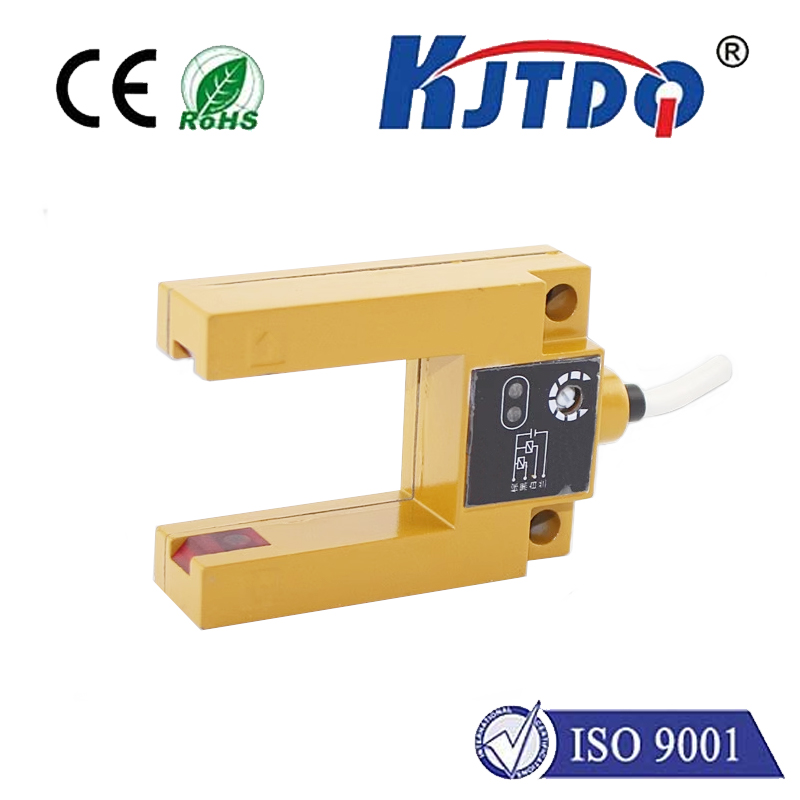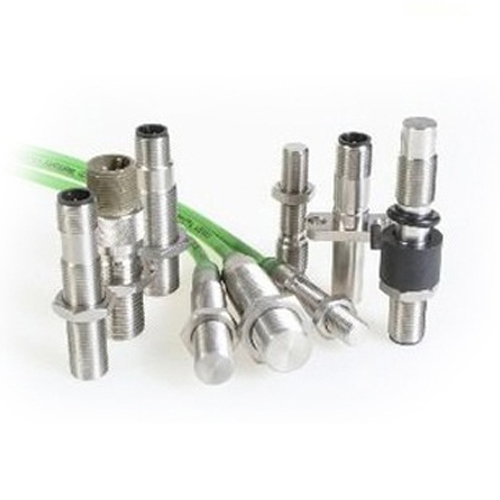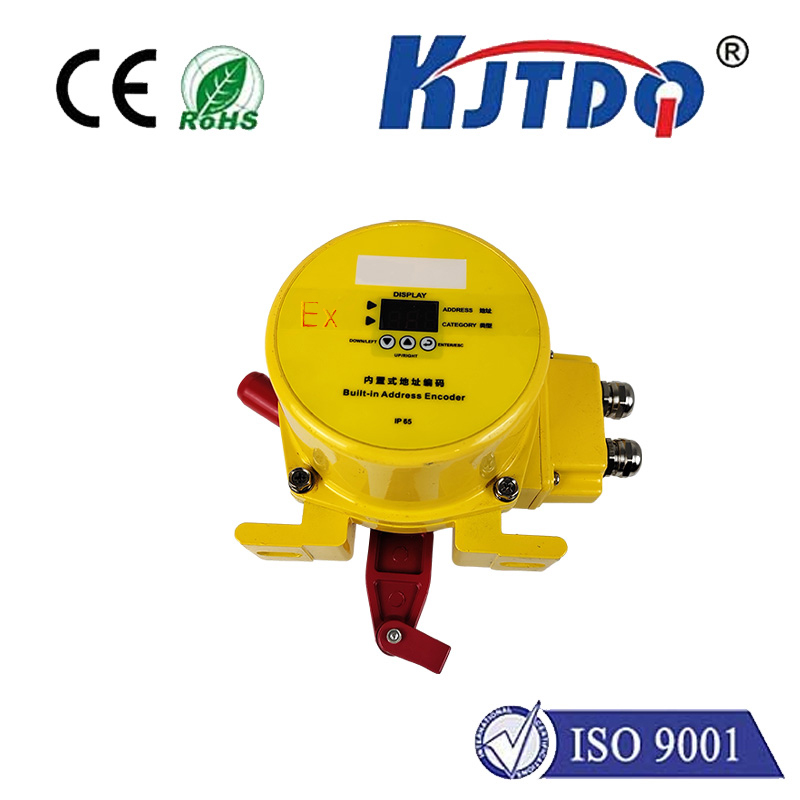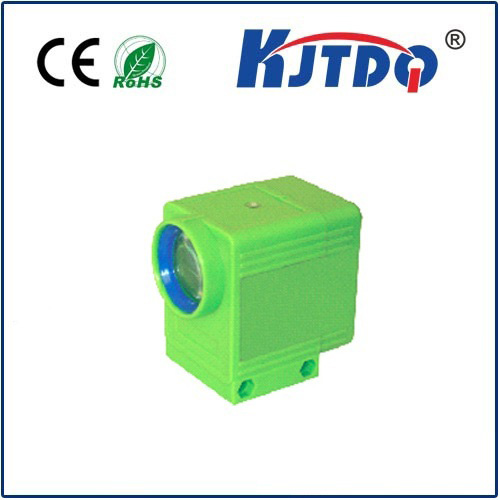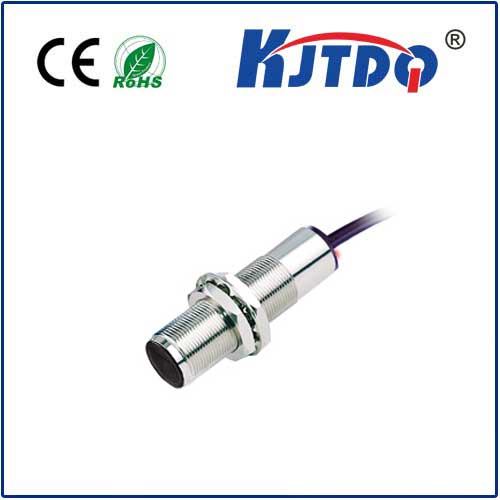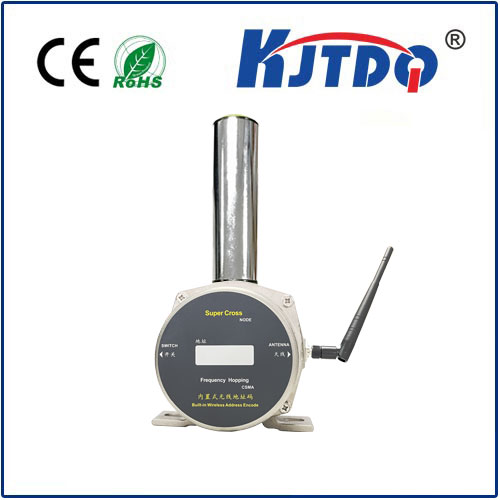laser photoelectric sensor
- time:2025-09-10 18:26:14
- Click:0
Laser Photoelectric Sensors: Precision Detection Solutions for Modern Automation
Imagine machines that “see” with pinpoint accuracy, distinguishing objects thinner than a hair, detecting items moving at blinding speeds, and performing flawlessly in demanding industrial environments. This isn’t science fiction; it’s the everyday reality enabled by laser photoelectric sensors. These sophisticated devices form the bedrock of countless automated systems, providing the reliable, non-contact detection essential for efficiency, quality control, and safety across diverse sectors.
Demystifying the Technology: How Do They Work?
At their core, laser photoelectric sensors operate on the fundamental principle of light interaction with objects. They consist of two primary elements:
- Emitter: This component generates a highly focused, coherent beam of light, almost always from a laser diode. The laser’s key advantages are its exceptional collimation (staying focused over long distances) and monochromaticity (single wavelength), allowing for precise targeting and strong signal integrity.
- Receiver: Positioned to detect the emitted light beam, the receiver contains a photodetector (typically a photodiode or phototransistor). It converts incoming light photons into an electrical signal.
Detection occurs based on the interruption or reflection of this laser beam:
- Beam Break: An object passing between the emitter and receiver interrupts the beam. The receiver notes the absence or significant reduction of light, triggering a detection signal.
- Reflection Detection: The object itself reflects the laser beam back towards the receiver. A detectable change in the reflected light level signifies the object’s presence.
Compared to standard photoelectric sensors using LEDs, the laser beam offers vastly superior characteristics:
- Pinpoint Focus: The laser forms an extremely small, intense spot, enabling detection of minute objects and precise positioning.
- Long Sensing Ranges: Laser light maintains its intensity over significantly greater distances than diffused LED light.
- Resolution & Accuracy: The tight beam allows for detecting very small objects and achieving high positional accuracy.
- Stability: Less susceptible to ambient light interference due to its coherence and specific wavelength.
Key Operating Modes: Choosing the Right Configuration

Laser photoelectric sensors primarily utilize three main operating principles, each suited to specific applications:
Through-Beam (Opposed Mode): This is the simplest and most reliable method. The emitter and receiver are housed in separate units facing each other. Detection occurs when the target object breaks the direct beam path between them. Benefits include long ranges, high immunity to target surface characteristics (color, finish, material), and robust performance in challenging environments. Ideal for presence/absence detection, counting transparent objects, and objects at significant distances.
Retroreflective (Reflector Mode): Here, both emitter and receiver are housed in the same unit. The emitted laser beam is directed towards a dedicated retroreflector (corner cube prism or specialized tape). The reflector sends the beam directly back to the receiver. Detection occurs when an object interrupts the beam path to or from the reflector. This mode offers easier alignment than through-beam (only one device to mount and wire) while still providing good range and reliability. Suitable for applications where mounting separate emitter/receiver units is impractical or too costly.
Diffuse Reflection (Proximity Mode): The emitter and receiver are again co-located in a single housing. The sensor detects light diffusely reflected off the surface of the target object itself back to the receiver. Detection depends heavily on the object’s size, color, surface texture, and distance. While offering the simplest installation (only one device needed, no reflector required), it has the shortest sensing range and is more susceptible to variations in the target surface. Often used for detecting objects at close range with consistent properties.
Advanced sensors may incorporate background suppression (BGS) or foreground suppression (FGS) logic within diffuse modes. BGS uses triangulation or time-of-flight principles to only detect objects within a specific distance window, ignoring the background. FGS does the opposite, ignoring closer objects. Some sophisticated laser photoelectric sensors also function as distance measuring sensors, providing analog output proportional to the target’s distance, essential for precise positioning and dimensional checks.
The Compelling Advantages: Why Choose Laser Photoelectric Sensors?
The unique properties of laser light translate into significant operational benefits:
- Exceptional Precision & Small Object Detection: The fine laser beam spot allows reliable detection of tiny components, wires, fine threads, and intricate parts impossible for other sensors.
- Long Sensing Distances: Capable of reliably detecting objects several meters away, even tens of meters in some high-power models, far exceeding standard photoelectric sensors.
- High Resolution & Accuracy: Enables tasks requiring mm-level accuracy, like edge detection, precise positioning in assembly, and checking minute dimensional tolerances.
- Improved Performance on Challenging Surfaces: The intense, focused beam provides stronger signals, improving performance on dark, matte, transparent (like glass or clear plastic), or highly reflective surfaces compared to LED sensors.
- Stability in Variable Environments: Less prone to interference from ambient factory lighting due to the coherence and specific wavelength of the laser beam. Often feature robust housings (IP67/IP69K) for harsh industrial settings.
- Non-Contact Operation: Avoids wear and tear on both the sensor and the target, ensuring long operational life and preventing damage to delicate objects.
Where Precision Matters: Diverse Applications Across Industries
The unique capabilities of laser photoelectric sensors make them indispensable in numerous demanding scenarios:
- Electronics Manufacturing: Detecting minute components (chips, connectors), verifying placement on PCBs, checking lead presence, inspecting solder joints. Precision is paramount here.
- Pharmaceutical & Medical Device Production: Ensuring precise filling levels in vials/syringes, verifying cap presence, detecting micro-cracks in glass, counting pills with high accuracy. Cleanliness and precision demands are high.
- Automotive Assembly: Precise positioning of parts for robots (like windshield placement), verifying gasket presence, checking panel gaps, detecting small fasteners. Reliability under tough conditions is key.
- Packaging & Labeling: Verifying label application accuracy, detecting tiny tears or imperfections in packaging film, ensuring correct folding, counting small items moving at high speeds on conveyors.
- Material Handling & Logistics: Detecting thin boxes or envelopes on conveyors (especially transparent plastic envelopes), precise pallet positioning for stacking robots, ensuring package clearance in sortation systems.
- Printing & Converting: Verifying registration marks for color alignment (often using specialized red laser sensors), detecting web breaks in thin materials, ensuring precise cutting and slitting operations.
- Precision Machinery: Monitoring tool position, detecting broken tools in CNC machines, verifying workpiece alignment.
Selecting the Right Tool: Key Considerations
Choosing the optimal laser photoelectric sensor involves evaluating several factors:
- Required Range: How far away is the object?
- Object Size & Characteristics: How small is it? What is its color, material, surface finish? Transparent, shiny, dark?
- Mounting Constraints: Is a through-beam setup feasible, or is a one-sided sensor (retroreflective or diffuse) necessary?
- Environmental Conditions: Exposure to dust, moisture, vibration, temperature extremes, or ambient light interference?
- Output Requirements: Simple digital (on/off) signal, or analog (distance measurement)?
- Response Time: How fast is the target moving? Requires a sensor with a high switching frequency.
- Required Precision: Is just presence/absence enough, or is exact distance or positioning critical?
The Future is Precise: Laser Sensors Driving Automation Forward
As industries push for ever-greater miniaturization, higher production speeds, stricter quality control, and enhanced flexibility, the demand for advanced sensing solutions grows. Laser photoelectric sensors, with their unmatched combination






